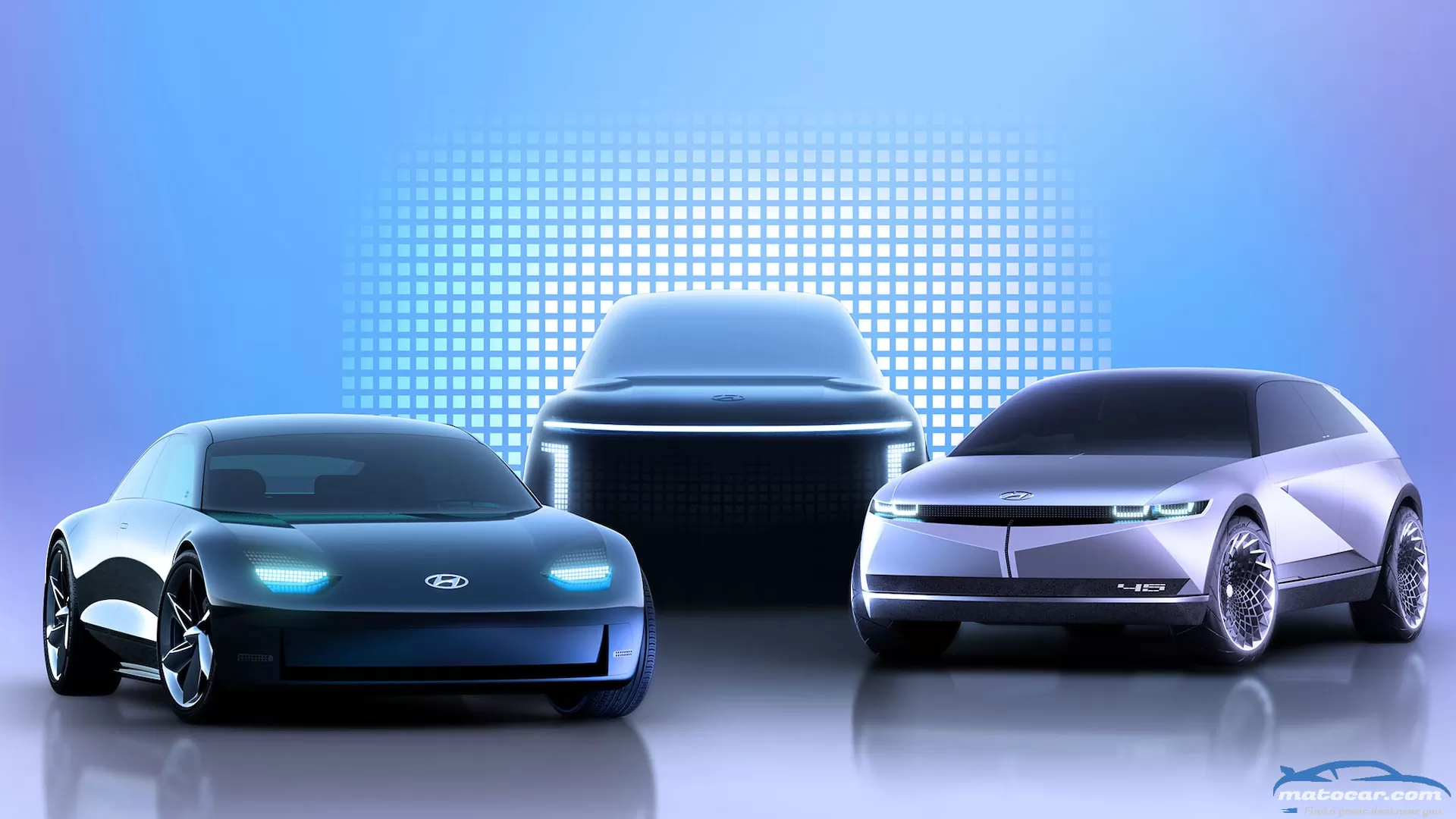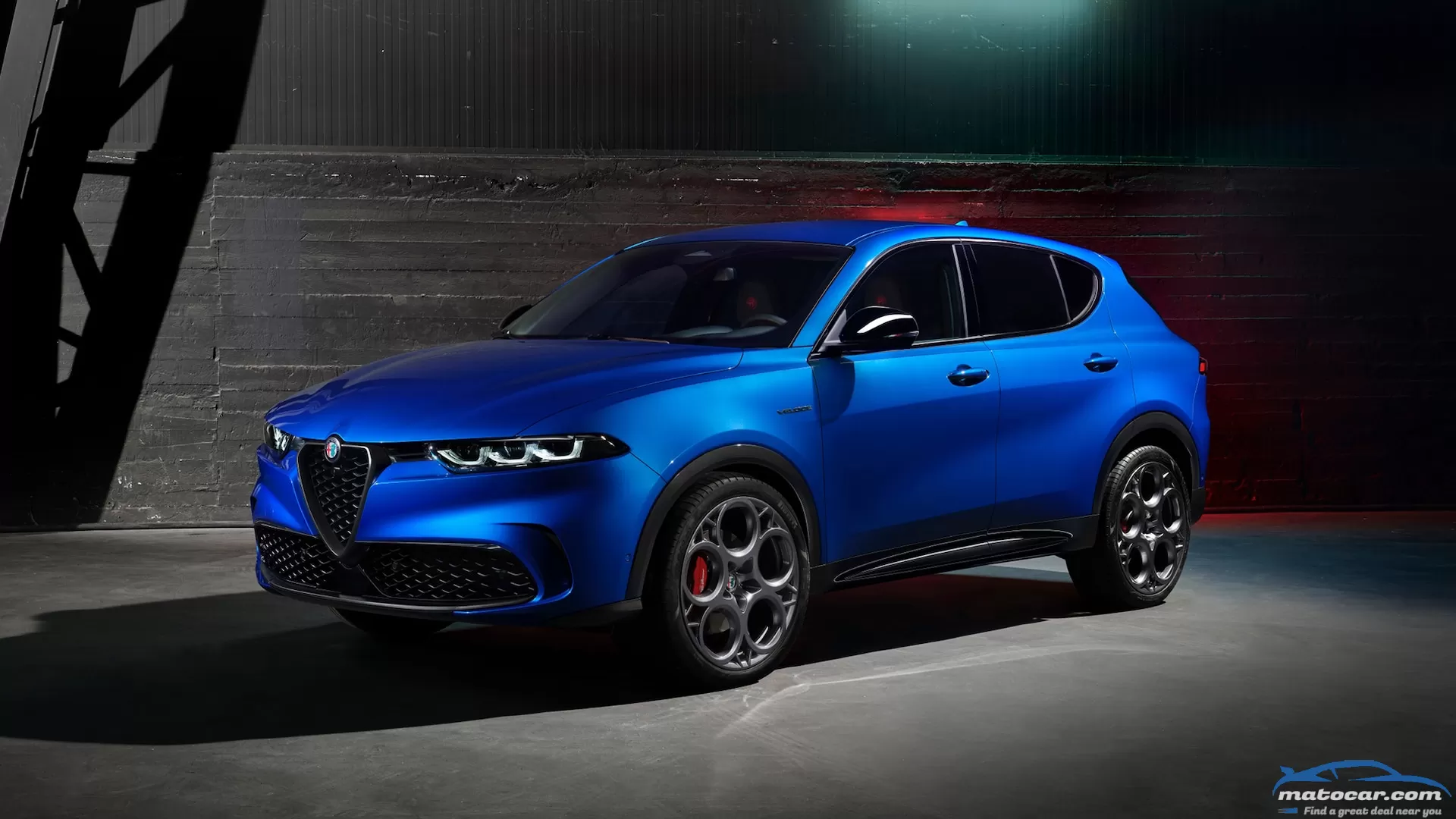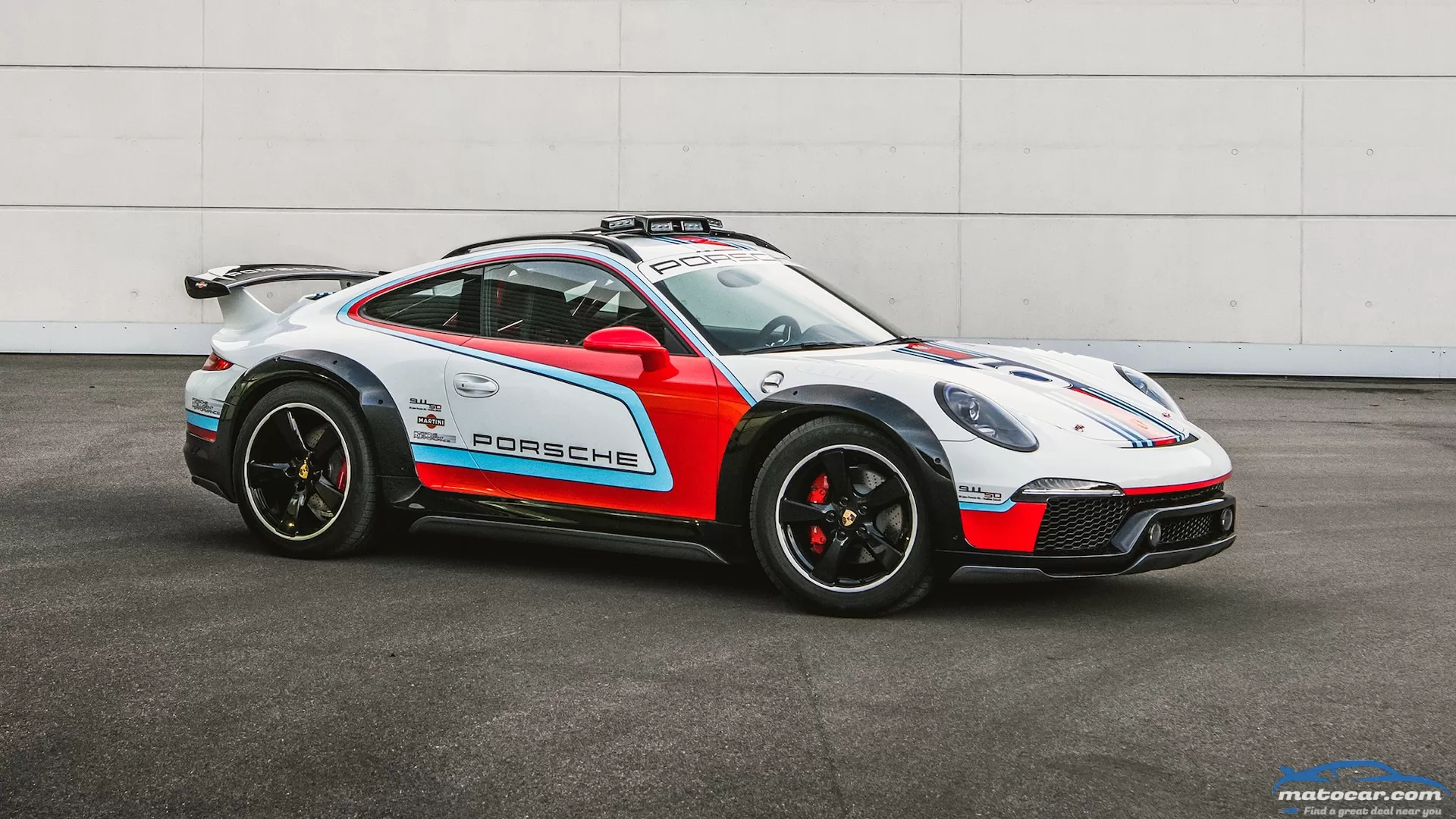Hyundai Stops Internal Combustion Engine Development Forever

Earlier this year, whispers and rumors of Hyundai execs putting a halt to any internal combustion engine development were floating throughout the web and, as of this month, it looks like those weren't just rumors.
Shuffling the Deck
A thorough reorganization at its Namyang Research Institute took place a few weeks ago, according to Business Korea and The Korea Economic Daily, and with it comes some significant changes. Namely, the Powertrain Team has been converted to the Electrification Development Team that will delve into all things EV, including research and development for future Hyundai products.
In addition, the Engine Development Center has been shuttered, and the Battery Development Center takes its place. Its mission is to focus solely on electrification from here on out.
More mixing and matching in the shake up saw the Integrated Product Development Team join forces with the Project Management Team, the result of which will oversee mass production, design, and more through each of the automaker's vehicle levels. With 12,000 R&D employees based at the Namyang Research Institute, the changes affect much of the staff.
A Running Start
Hyundai's latest series of moves toward a fully electrified future shouldn't come as any shock, as we recently reported on the Ioniq 5's 2021 release and the upcoming Ioniq 7 SUV that's inching closer to production. The reorg becoming official might raise a few eyebrows, though, at least for those who haven't come to terms with the idea of a world without internal combustion engine options at local dealerships. Then again, Hyundai's current lineup of internal combustion engines are advanced and could serve the fleet for a long time, making the need for new development less critical during the transition to EVs.
With 2022 just a few days away, Hyundai's New Year plans are prodigious. The group promises to unveil a new electric vehicle model every single year for the foreseeable future.
You may also like
alfa-romeo tonale Full OverviewThe launch of any new vehicle is significant, but for the 2023 Alfa Romeo Tonale it's doubly so. The new Tonale isn't just Alfa's first small SUV (not to mention only its second SUV). It also marks the first step in Alfa Romeo's sprint toward a promised all-electric lineup by 2027. With three full-hybrid drivetrains on top of traditional gas and diesel options, the new 2023 Tonale is Alfa's way of stylishly setting the tone for its electrified path into the future.What's the Tonale?Alfa Romeo unveiled the Tonale at the Geneva Motor Show in 2019 (remember those, auto shows?) in concept form. Aside from the requisite side mirrors, door handles, and windshield wipers, the production 2023 Tonale is a virtual dead ringer for the now 2-year-old show vehicle.That's just as well because the concept was a looker. Designed to compete against the Audi Q3 and Q4, BMW X1 and X2, Mercedes-Benz GLA-Class, and Volvo XC40, the Tonale stands out with its understated "necessary beauty" sheetmetal, set off by new 3+3 LED lighting elements on its nose and tail, both of which Alfa says harken back to the SZ and Brera.What Powers the Tonale?Underpinned by a heavily modified version of Stellantis' SCCS crossover platform (versions of which are found in the Jeep Compass and Renegade and Fiat 500L and 500X), the Tonale aims to offer the signature Alfa driving experience in an efficient, practical package. Designed from the get-go to be both a global vehicle and the linchpin in Alfa's inevitable pivot to electrification, the Tonale will offer up five powertrain options globally, two of which are coming to North America.The Tonale's standard North American powertrain will be familiar—Stellantis' turbocharged 2.0-liter I-4, versions of which can be found in vehicles such as the Jeep Cherokee. Under the Tonale's hood, that engine produces 256 hp and 295 lb-ft of torque. It's paired with a nine-speed automatic and standard all-wheel drive.Alfa's first-ever plug-in hybrid powertrain—expected to be the volume seller—is optional. The Tonale PHEV will sport a 1.3-liter turbocharged I-4 paired with an eTorque-like electric assist motor and six-speed automatic driving the front wheels, while an electric motor backed by a 15.5-kWh battery pack sits at the rear axle, giving the Tonale a total system output of 272 hp and an unspecified amount of torque. (A source at Alfa indicates 350 lb-ft is likely, but that figure isn't official.)Alfa says the new Tonale PHEV will be both the sportiest Tonale in the lineup and the most efficient. It'll sprint from 0 to 60 mph in an Alfa-estimated 6.0 seconds, and it will be capable of traveling more than 30 miles on electricity alone when fully charged. Like most plug-in hybrids, the Tonale PHEV's battery pack is small enough that it doesn't need Level 3 fast charging; a Level 2 charger will charge the battery from empty to full in about two hours and 30 minutes.Europe, Asia, and Africa will have the choice of three additional powertrains. In Europe and Asia, the new Tonale Hybrid will be standard. Consisting of a brand-new 1.5-liter turbocharged I-4 paired with a seven-speed dual-clutch automatic with a built-in electric motor, the front-drive-only Tonale Hybrid will be available in both 130- and 160-hp forms.Alfa will also offer a 130-hp turbodiesel Tonale with front-wheel drive and a six-speed dual-clutch automatic in Europe and Africa. Alfa says it has no plans to bring the new Tonale Hybrid or diesel stateside, as neither is powerful or torquey enough for North American tastes.With sportiness a priority for any Alfa, the brand spent much of its time tweaking the Tonale's chassis, making it stiffer and lighter than versions of the SCCS platform found elsewhere in parent company Stellantis' portfolio. Alfa fit all four of the Tonale's corners with struts and frequency-selective damping to ensure a comfortable yet sporty ride. An optional electronically adjustable suspension turns up the wick even more. Alfa promises the Tonale's brake-by-wire tech will "seamlessly" balance regenerative and mechanical braking, as well as ABS functions, while its electronic power steering will be quick and precise. We're eager to test those claims.Inside the New TonaleWith Alfa positioned as Stellantis' new global premium brand, the automaker went to great lengths to make the Tonale's cabin upscale without stepping on the toes of its fellow Italian Stellantis brand, Maserati. The cabin isn't revolutionary, but the richly appointed, driver-focused cabin appears to be a step forward in functionality compared to the at times finicky controls in the Giulia and Stelvio.As with most new vehicles these days, the cabin's centerpieces are the two large screens up front. In front of the driver is a 12.3-inch digital dash. This reconfigurable screen features the usual assortment of adjustability but also an analog-dial-aping option inspired by the instrument panels of the iconic Alfa Giulia Super and GT Junior.The 10.3-inch central display features Stellantis' latest Uconnect 5 infotainment suite, but with Alfa-exclusive graphics and functionality. Alfa says this sharp-looking system offers over-the-air update capability, wireless CarPlay and Android Auto integration, and Amazon Alexa.SpeakiNg oF Tech …Speaking of tech, the Alfa Romeo Tonale is the first vehicle we're aware of to use NFTs to manage vehicle data. Alfa says each Tonale will be given its own NFT as it rolls down the assembly line in Italy, tracking the features and options of that particular vehicle. Then, once the vehicle reaches its owner, the Tonale's NFT can be continually updated by Alfa dealers with mileage, service history, and accident information. Alfa says the goal of its NFT program is to improve residual values, as the NFT can be passed down from owner to owner as part of Alfa's new certified pre-owned vehicle program. The automaker says owners can opt out of the NFT if they desire.Aside from NFTs, the new 2023 Tonale will feature the Level 2 Advanced Driver Assist Systems (ADAS) buyers in the segment expect. The Tonale's ADAS suite includes convenience features such as adaptive cruise control, with traffic jam assist, and lane centering, as well as safety features like automatic emergency braking, blind-spot monitoring, and rear cross-path protection.How Much Is the Tonale and How Do I Buy One?Alfa isn't talking prices for the new 2023 Tonale yet, but it is talking about how you can buy one. In a first for Alfa, the Tonale will be available for purchase both at the 138 Alfa dealers nationwide and online. Designed to simplify the purchasing process, Alfa says it will partner with its small dealer base to both expand each dealer's geographical footprint and make the purchasing process easier and more transparent for Tonale buyers. As part of this effort, Alfa is introducing "video checks" at the dealer, where vehicle and service techs will show owners any potential issues with their cars, with the goal of improving customer peace of mind.Although Alfa Romeo says it won't release 2023 Tonale pricing until closer to its early 2023 launch, it has told us that prices would be "competitive" with the segment. The Tonale will be offered in just three trims at launch: The base Tonale Sprint will be available with the gas engine only, the midlevel Tonale Ti will offer both gas and PHEV options, and the loaded Tonale Veloce will be PHEV only. Our best guess is that the Tonale Sprint will begin around $37,000 or so, Tonale Ti around $42,000, and Tonale Veloce around $45,000.Regardless of what the Tonale costs, there's no denying it's a significant transition for Alfa as it races to become the first manufacturer in the Stellantis family to go all-electric.Looks good! More details?
People trip over Amazon boxes to get inside their homes. Online shopping was big business before the pandemic and is now the go-to for many consumers for most goods with one notable exception: buying cars.The auto industry is behind the rest of the world when it comes to online purchases, even though buyers consume everything else digitally, TrueCar President and CEO Mike Darrow said during a presentation at the Automotive Press Association in Detroit.Death, Taxes, and Car SalesBut that will change—and fast. In 2019, a mere 1 percent of auto sales, new and used, were conducted digitally. It grew to 10 percent in 2020, spurred by COVID shutdowns and lockdowns. By 2025, 40 percent of auto purchases in the U.S., about 23 million new and used vehicles, will be conducted completely online, Darrow says, and surveys show 62 percent of people say they would buy online if they could.It shouldn't be that hard. The IRS reported that 71 million people filed their U.S. income tax online this year with no help—that's gotta be harder than buying a car online, Darrow says.The transition from a century-old way of selling cars by visiting a dealership is also being fueled by new automakers, starting with Tesla which prominently adopted a direct sales strategy that is being followed by other new electric carmakers including Rivian, Lucid, and VinFast.Ford Wants to Sell EVs OnlineConventional automakers also want the flexibility. Ford CEO Jim Farley recently said he would like to switch to haggle-free pricing and digital sales for EVs, with dealers as service centers for customers who buy their vehicles online.Darrow sees it as a way for automakers like Ford to stimulate conversation with their retailers and while he sees EVs as a good focus initially, he favors digital sales for all vehicles regardless of age or powertrain. The TrueCar CEO fully expects automakers to develop their own in-house digital sales process that will compete with TrueCar. The difference: Ford will sell to those who already know they want a Ford; TrueCar will offer cross-shopping across multiple brands for the consumer looking at a wider field.TrueCar+TrueCar has used a leads-based model to date where it helps consumers find a car and passes the lead on to a dealer to complete the transaction. But TrueCar is testing a new model called TrueCar+ in Florida that would be the first new and used car online marketplace, allowing its 8.6 million monthly visitors to conduct the entire car-buying process online, from sourcing and pricing to insurance and financing, before handing it off to the dealer to supply the vehicle.New ways of doing business are taking over during difficult times for dealers and online shopping sites alike with the scarcity of inventory. TrueCar has about 1 million vehicles listed on its site, half the usual menu. Of those, less than 300,000 are new cars; the site usually has 1 million new cars that dealers are offering up for sale.
Safari vs. DakarA Lamborghini Safari, TooMore Special Editions




0 Comments